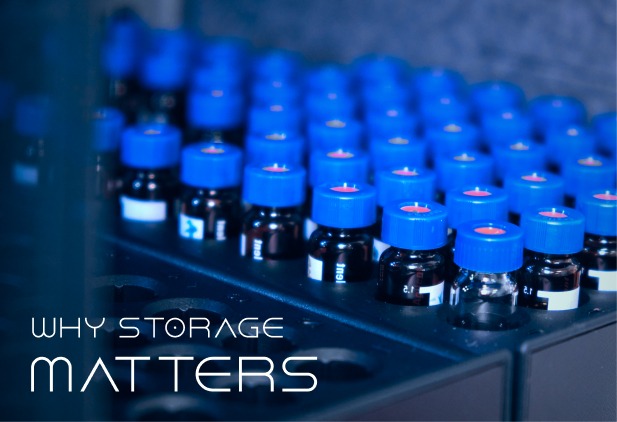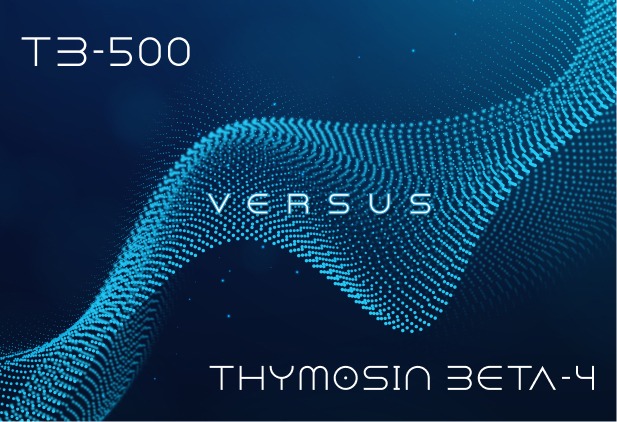When it comes to metabolic research and peptide science, two key peptides often stand out: HGH 176-191 and AOD9604. Both are derived from human growth hormone (HGH) and have been extensively studied in laboratory environments for their role in understanding fat metabolism, cellular energy regulation, and peptide-receptor interactions. But while they share similarities, they are not identical—each has unique properties that make it valuable for distinct research applications.
What is HGH 176-191?
HGH 176-191 is a synthetic peptide fragment derived from the C-terminal region of human growth hormone (HGH). This region has been a focus of research due to its potential role in metabolic processes without impacting IGF-1 levels or general growth-related pathways.
Key Research Areas for HGH 176-191:
✔ Investigation of metabolic pathways
✔ Study of fat metabolism and energy regulation
✔ Peptide-receptor interactions with adipose tissue
HGH 176-191 remains a critical subject of ongoing scientific research as experts seek to understand its potential impact on cellular function.
What is AOD9604?
AOD9604 is a modified version of HGH 176-191 with additional structural enhancements aimed at refining its role in metabolic research. Unlike HGH 176-191, AOD9604 contains a modification at the tyrosine (Tyr) position, designed to improve stability and potential interaction with cellular receptors.
Key Research Areas for AOD9604:
✔ Study of fat metabolism and energy expenditure
✔ Research on peptide interactions with adipose tissue
✔ Investigation of modified peptide analogs in metabolic studies
AOD9604 continues to be widely explored in scientific and laboratory settings, offering a refined approach to understanding peptide mechanisms.
HGH 176-191 vs. AOD9604: Side-by-Side Comparison
| Feature | HGH 176-191 | AOD9604 |
| Source | Fragment of HGH (176-191) | Modified analog of HGH 176-191 |
| Structure | Natural peptide sequence | Includes modifications for enhanced stability |
| Primary Research Focus | Fat metabolism & peptide-receptor interactions | Metabolic research & peptide analog studies |
| Interaction with IGF-1 | Does not affect IGF-1 levels | Does not affect IGF-1 levels |
| Research Potential | Studied in metabolic and cellular energy regulation | Studied in metabolic processes with structural refinements |
Which Peptide is Best for Research?
Both HGH 176-191 and AOD9604 hold strong scientific interest for researchers studying fat metabolism, peptide function, and energy regulation. HGH 176-191 remains closely tied to its original HGH sequence, making it a pure fragment of interest, while AOD9604’s modifications offer an alternative approach with structural enhancements.
Researchers and laboratories can explore both peptides to compare mechanisms, stability, and interactions in different experimental models.
Final Note:
HGH 176-191 and AOD9604 are FOR RESEARCH USE ONLY and not intended for human or veterinary use. Misuse of these products may violate federal, state, or local laws.



